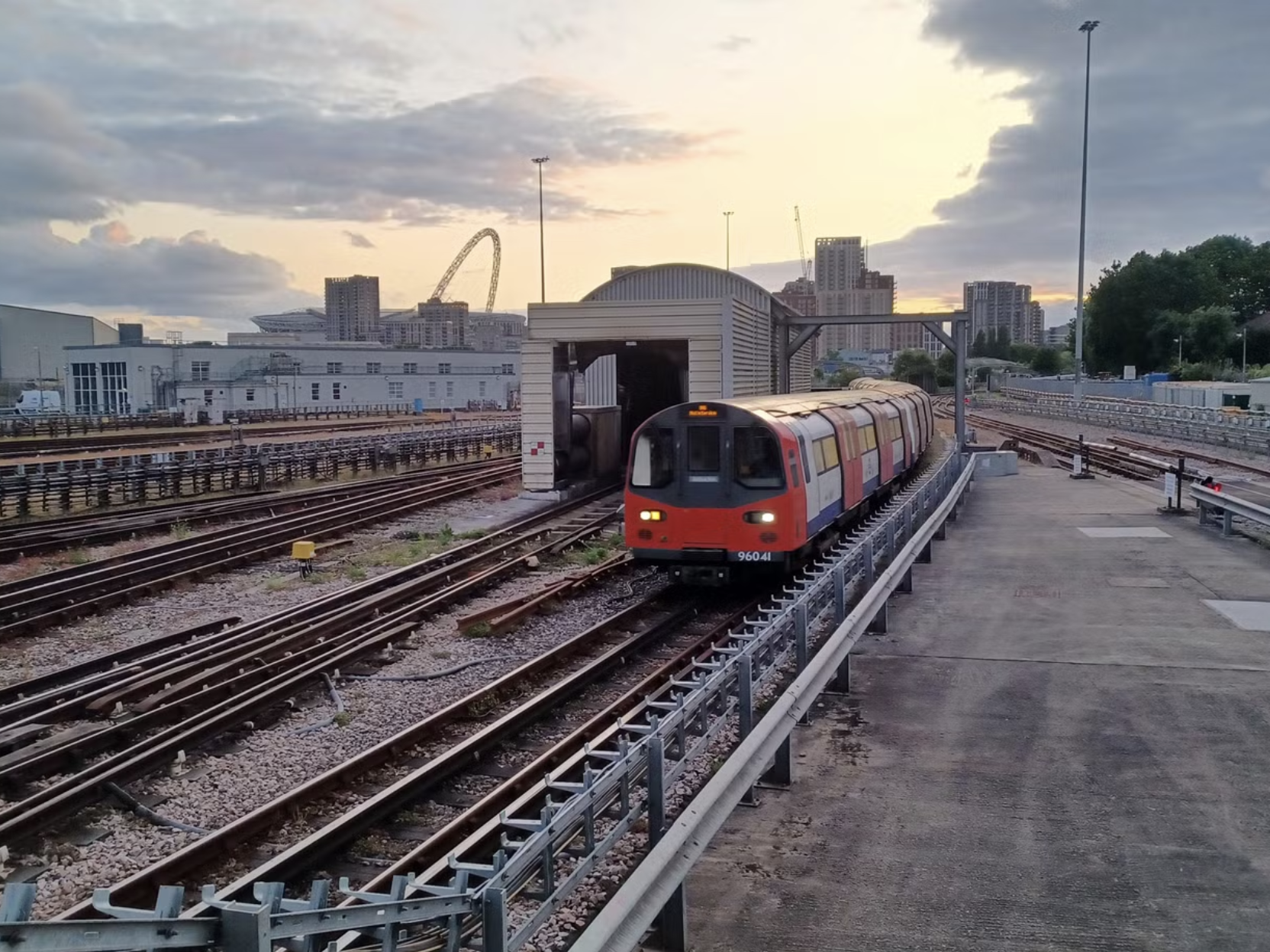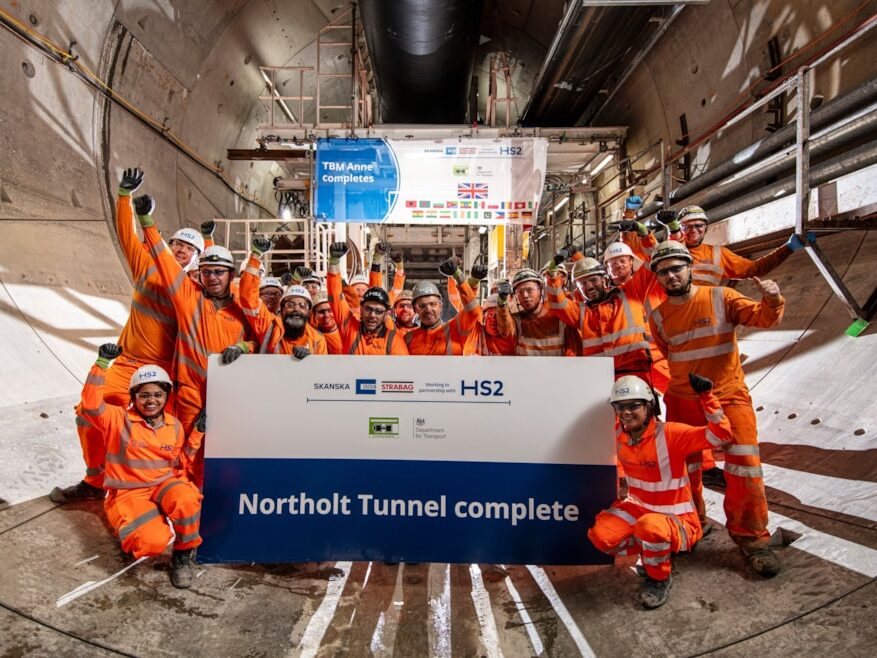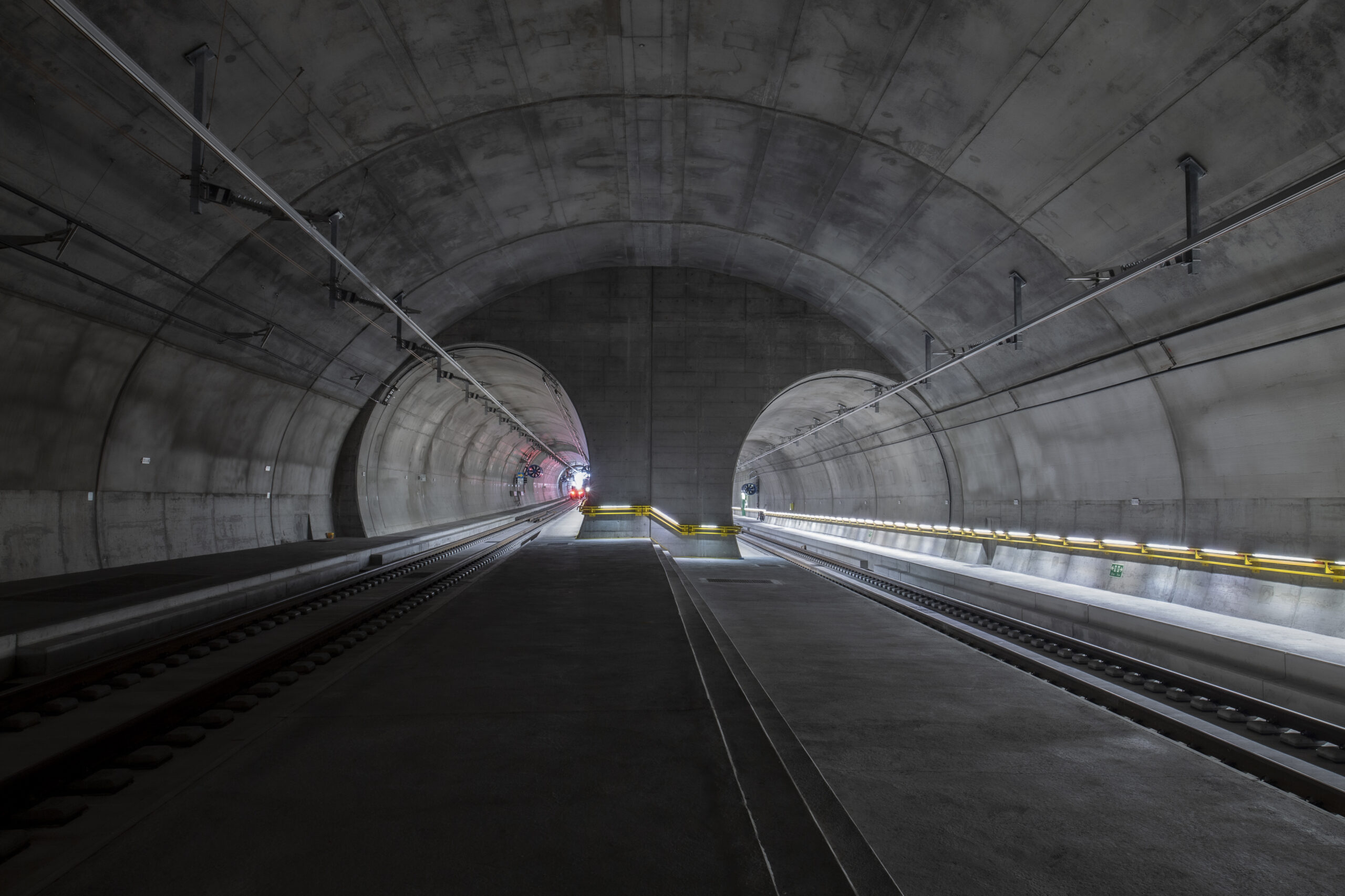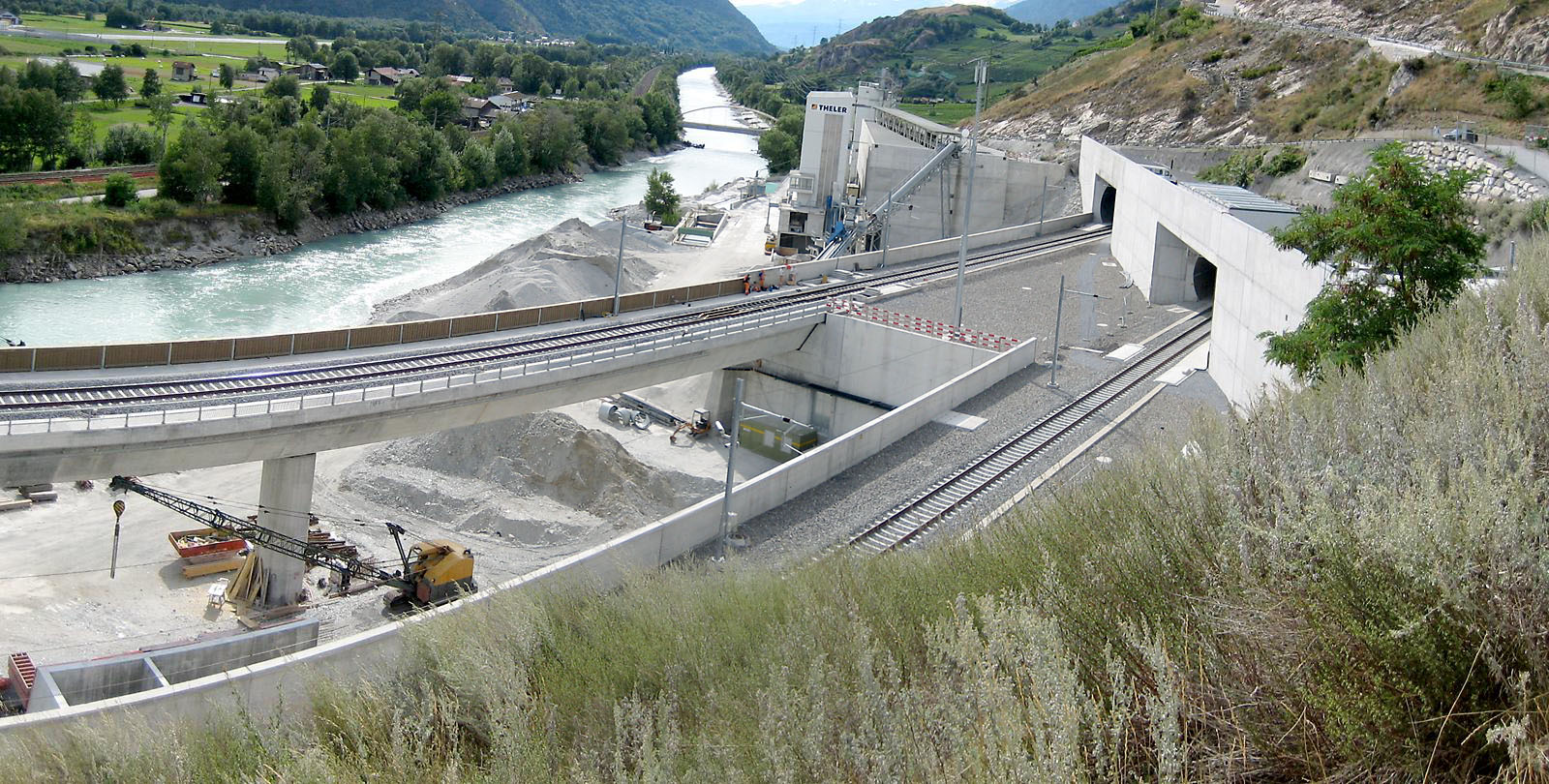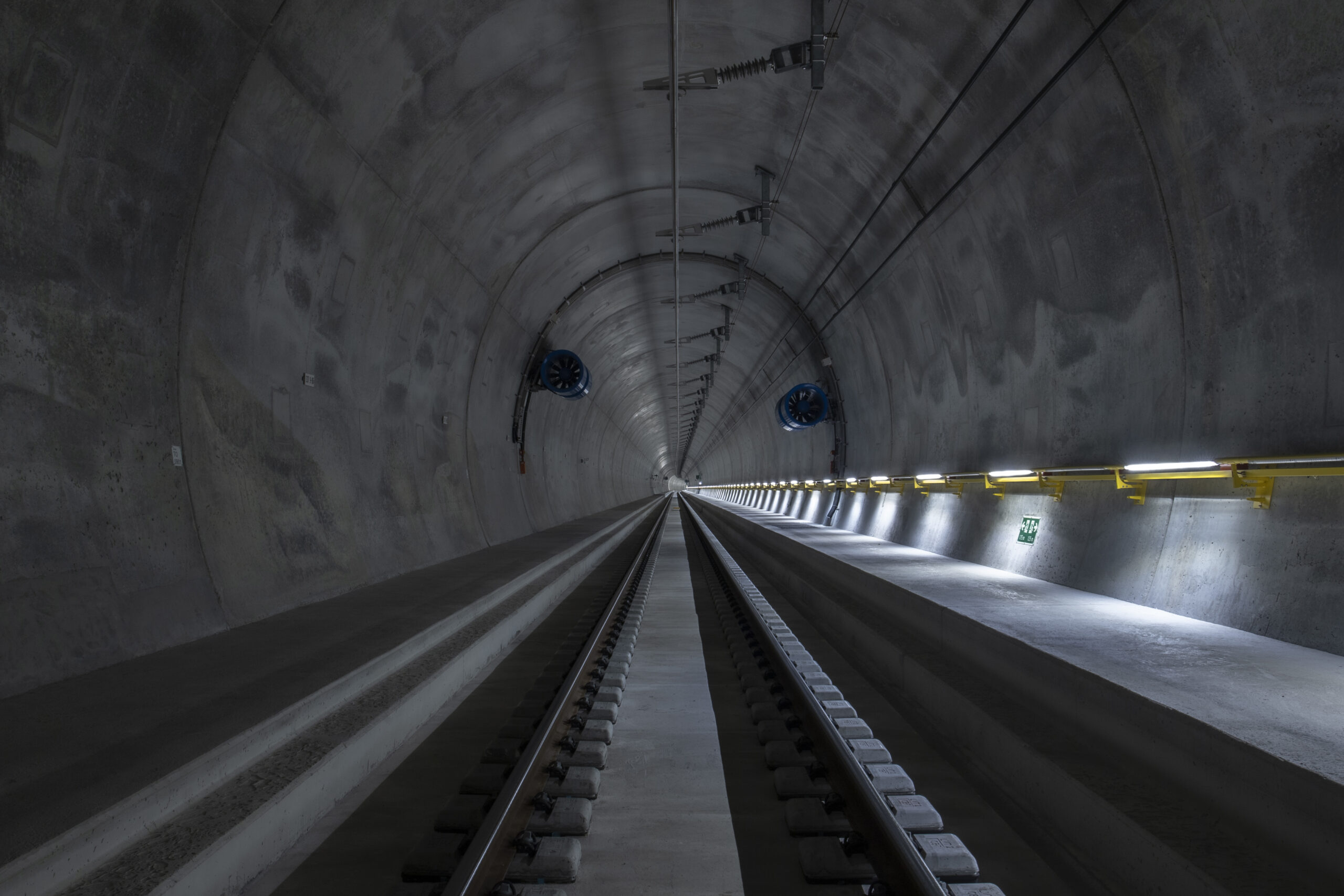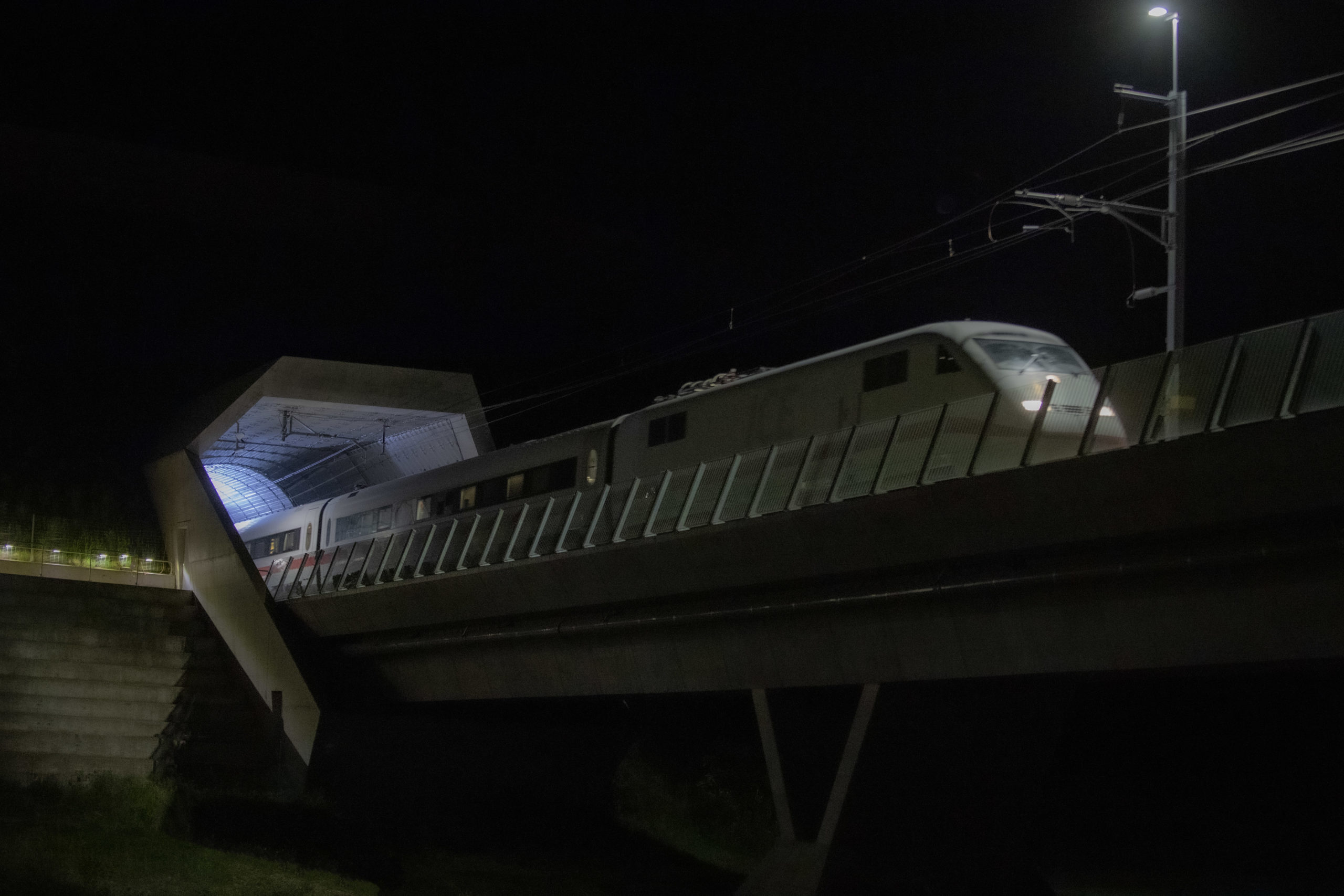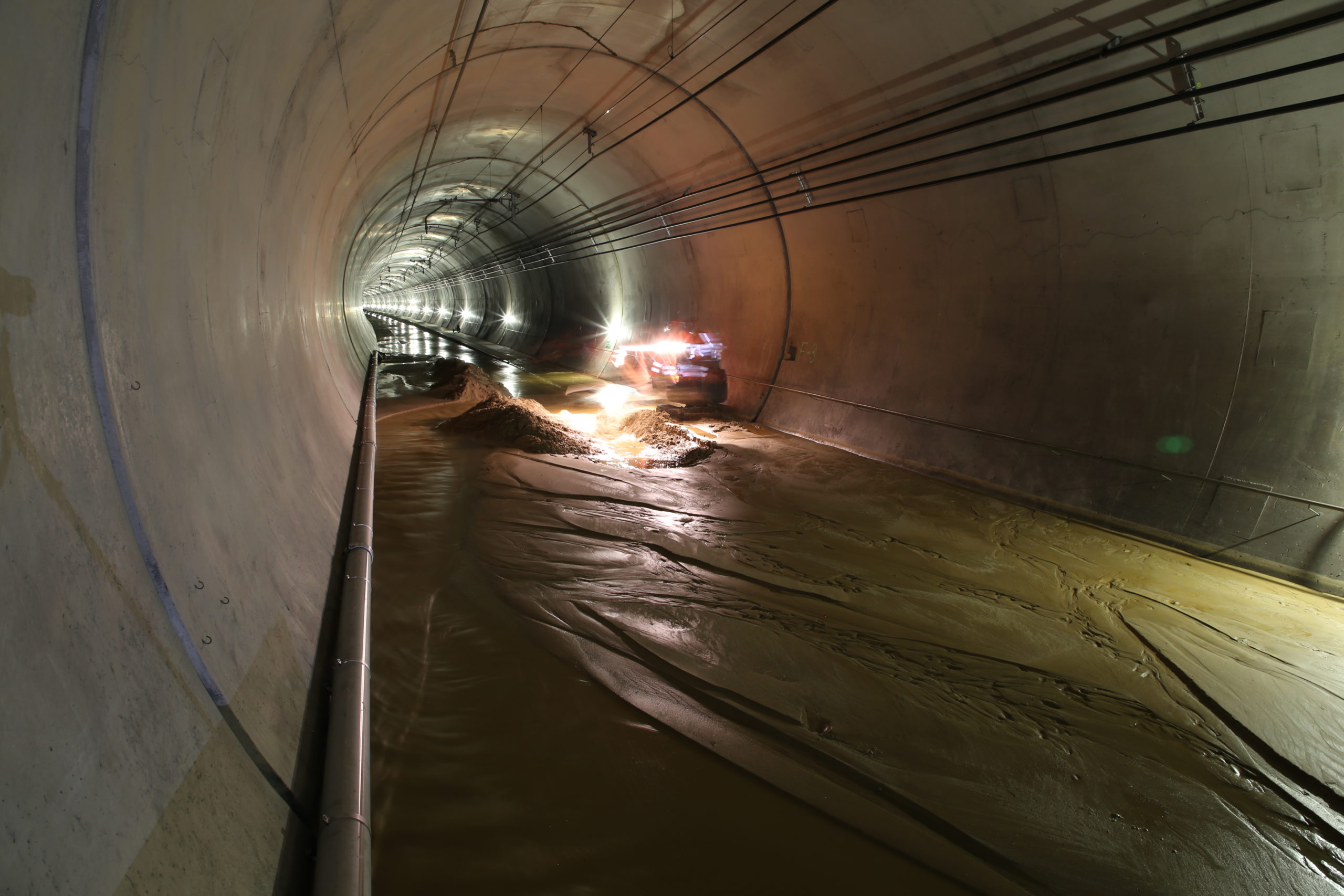Swiss passenger and freight rail operator BLS will refurbish the Lötschberg Base Tunnel following water and sand ingress earlier this year.
The Lötschberg Base Tunnel, the first of the base tunnels on the New Rail Link through the Alps (NRLA) to open (2007), suffered water and sand ingress in March this year, causing BLS to close the tunnel and implement an emergency solution. Following clean-up works, the tunnel reopened to rail traffic in April, but BLS said it had to develop a long-term plan for the tunnel.
BLS now wants to refurbish the tunnel to prevent the same problem from occurring again. To address the issue, it is constructing a cavern in the affected area to allow water to flow out and sand to be deposited as sediment. BLS will perform the works between September and mid-December, but this won’t necessitate closing the tunnel. One track will remain in service.
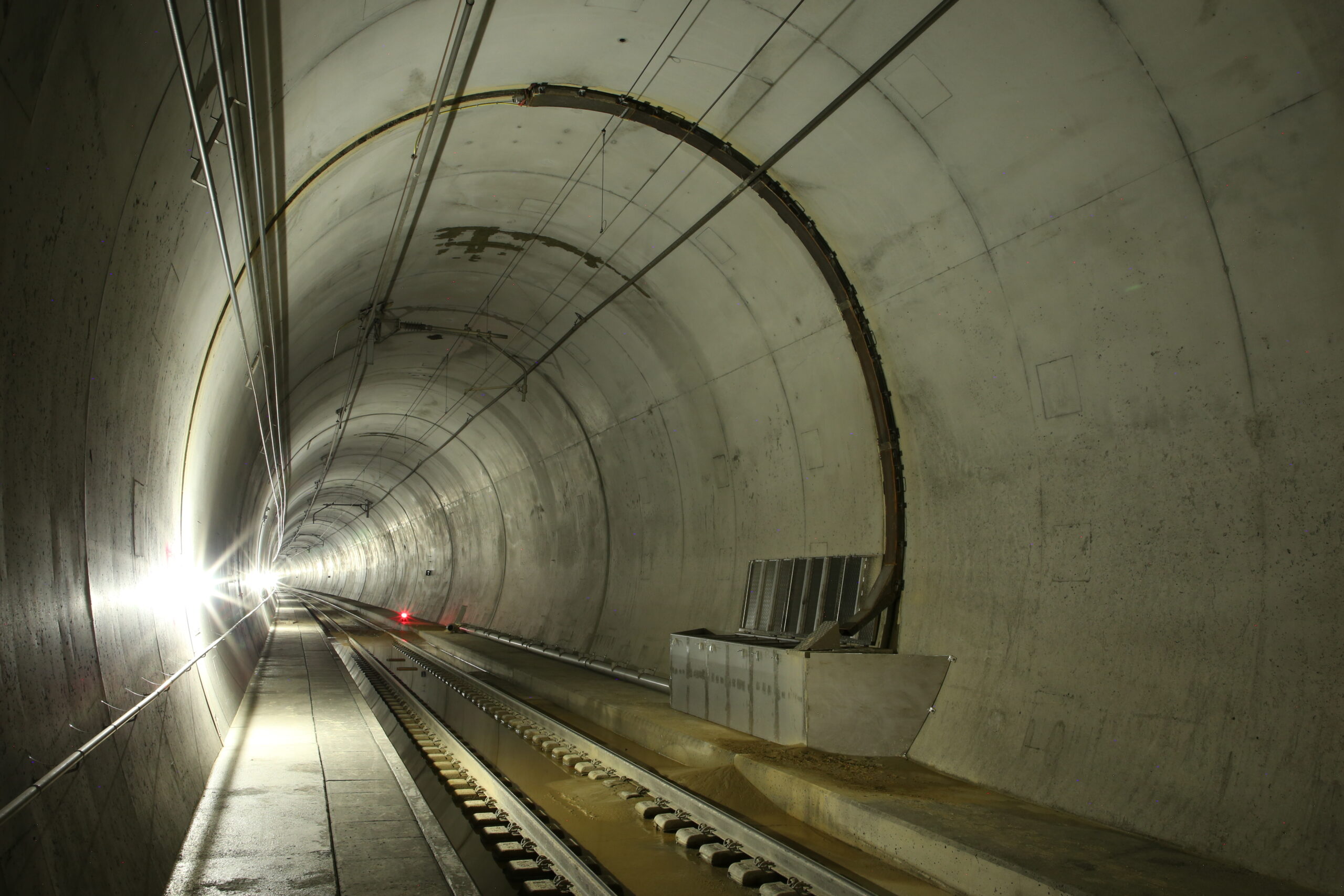
The ultimate goal is to prevent sand from entering the Lötschberg Base Tunnel to begin with. It runs off from the mountains. BLS will refurbish the affected area in the eastern bore for the dual-track section. BLS will excavate a cavern to the side of the tunnel bore where it will then fit a sedimentation tank with a 2,000m3 capacity. Any sand & water runoff from the mountains will go into this tank. The sand will be deposited as sediment, while the purified water will be diverted to the Raron portal. It is then simple to remove the sand in railway wagons. The project is set to cost in the region of 15 million CHF.
BLS submitted its plans to the Federal Office of Transport. During the construction period the eastern bore will be closed and trains will be diverted along the single track through the western bore. Most of SBB’s passenger trains will run through the Lötschberg Base Tunnel. However, BLS is still working out a detailed timetable with the passenger and freight operators who will be affected by the works.
The interim measures put in place in March have been effective. BLS installed steel sedimentation tanks in the affected area. Water is flowing continuously into these tanks, which are emptied on a weekly basis. These tanks will stay there until the new cavern becomes operational. The western bore is less affected. It has seen no further ingress since the second incident on 13 March.
Also read:
- Lötschberg Base Tunnel to Open Again Following Water and Sand Ingress
- BAV: Operating Licence for Ceneri Base Tunnel Will Be Issued on Time
- Semmering Base Tunnel Reaches Halfway Milestone
- First 275km/h Test Trip Takes Place in Ceneri Base Tunnel

















